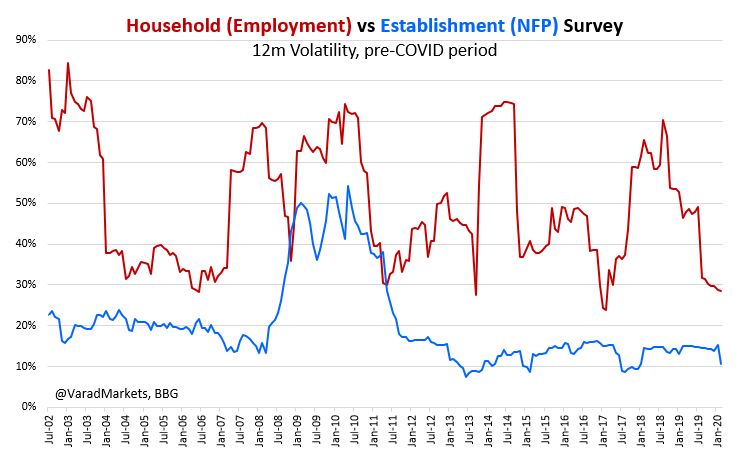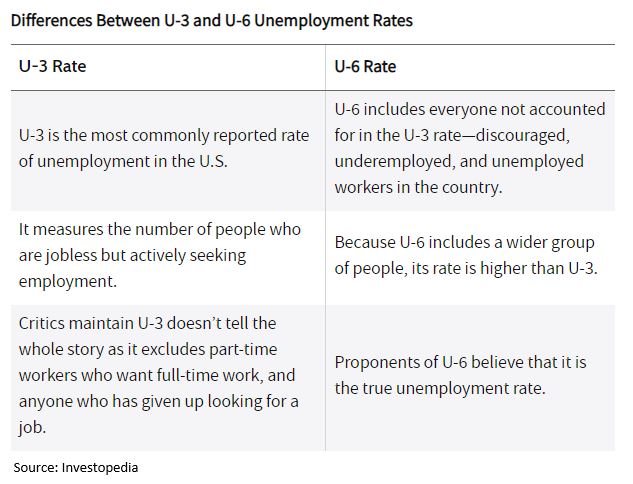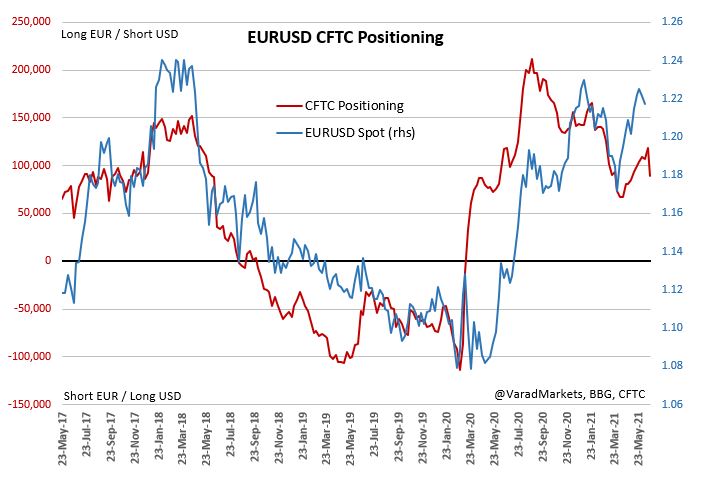
#Dollar = '#Fiat' Money?
Article rightly highlights QE just as asset swap & that Money is created by Bank lending, not Fed, it also revives interesting debate arguing Dollar not Fiat but Credit money
What exactly is Fiat/Paper money? Two definitions:
1/7
ft.com/content/5e5b2a…
Article rightly highlights QE just as asset swap & that Money is created by Bank lending, not Fed, it also revives interesting debate arguing Dollar not Fiat but Credit money
What exactly is Fiat/Paper money? Two definitions:
1/7
ft.com/content/5e5b2a…
'Fiat' Money:
1⃣ Into existence because of authoritative decree/sanction/order; no Intrinsic value
2⃣ Not convertible to or backed by other asset or commodity (Nixon Gold Std 1971; Britain 1931)
1⃣ Decree:
Dollars/Money = IOU 'I owe you' from Central Bank CB to Economy =
2/7
1⃣ Into existence because of authoritative decree/sanction/order; no Intrinsic value
2⃣ Not convertible to or backed by other asset or commodity (Nixon Gold Std 1971; Britain 1931)
1⃣ Decree:
Dollars/Money = IOU 'I owe you' from Central Bank CB to Economy =
2/7
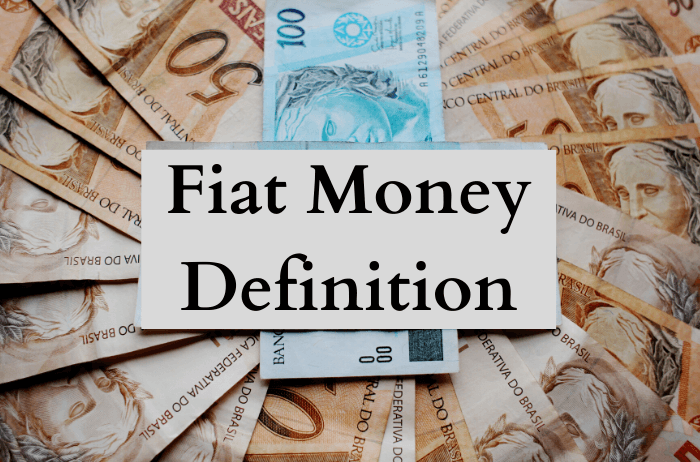
=Liability of CB=>‘Credit’ Money
But Dollar/Money = special IOU that everyone in Economy trusts. So yes, we take credit risk on US Govt when we trust Dollar=>‘Credit’ Money
But while there may not be an authoritative decree behind Dollar (so not ‘Fiat’ from that angle)...
3/7
But Dollar/Money = special IOU that everyone in Economy trusts. So yes, we take credit risk on US Govt when we trust Dollar=>‘Credit’ Money
But while there may not be an authoritative decree behind Dollar (so not ‘Fiat’ from that angle)...
3/7
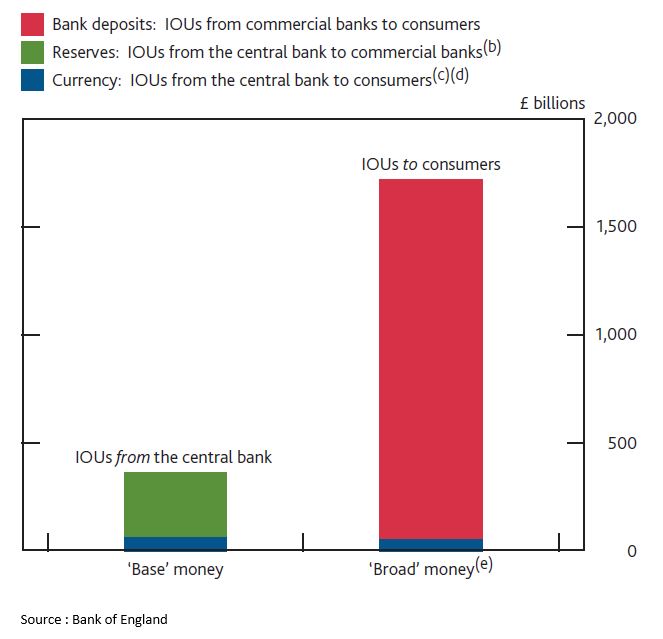
it is Govt authority which brings that trust in the first place, which makes Dollar universally accepted as medium of exchange
So it is NOT:
Authority => Decree/Order => Dollar/Money
BUT it is:
Authority => Trust => Dollar/Money
This Trust is where credit risk creeps in
4/7
So it is NOT:
Authority => Decree/Order => Dollar/Money
BUT it is:
Authority => Trust => Dollar/Money
This Trust is where credit risk creeps in
4/7

2⃣ Convertibility:
Arguments for Dollar not being Fiat using second definition are a bit hazy
If you lose faith in US Govt, can you convert your financial asset (Money/Dollar) into another non-fin goods/commodity. No
Article seems to suggest that we should be fine as...
5/7
Arguments for Dollar not being Fiat using second definition are a bit hazy
If you lose faith in US Govt, can you convert your financial asset (Money/Dollar) into another non-fin goods/commodity. No
Article seems to suggest that we should be fine as...
5/7

...this CB liability (Money/Dollars) is ultimately backed by assets "It’s all transactions on balance sheet, assets for liabilities"
But note that CB liability (Dollars) is backed by Assets (UST/Debt) which are also denominated in same Dollars
6/7
But note that CB liability (Dollars) is backed by Assets (UST/Debt) which are also denominated in same Dollars
6/7

CB can pay back its liability/debt only with more fiat money. You can get your old $100 bill replaced at bank with new $100 bill – but both are still Dollars
Hence:
🔹 Authoritative Decree angle: Dollar not 'Fiat' but 'Credit/Trust' Money
🔹 Convertibility angle: Dollar is Fiat
Hence:
🔹 Authoritative Decree angle: Dollar not 'Fiat' but 'Credit/Trust' Money
🔹 Convertibility angle: Dollar is Fiat

• • •
Missing some Tweet in this thread? You can try to
force a refresh


